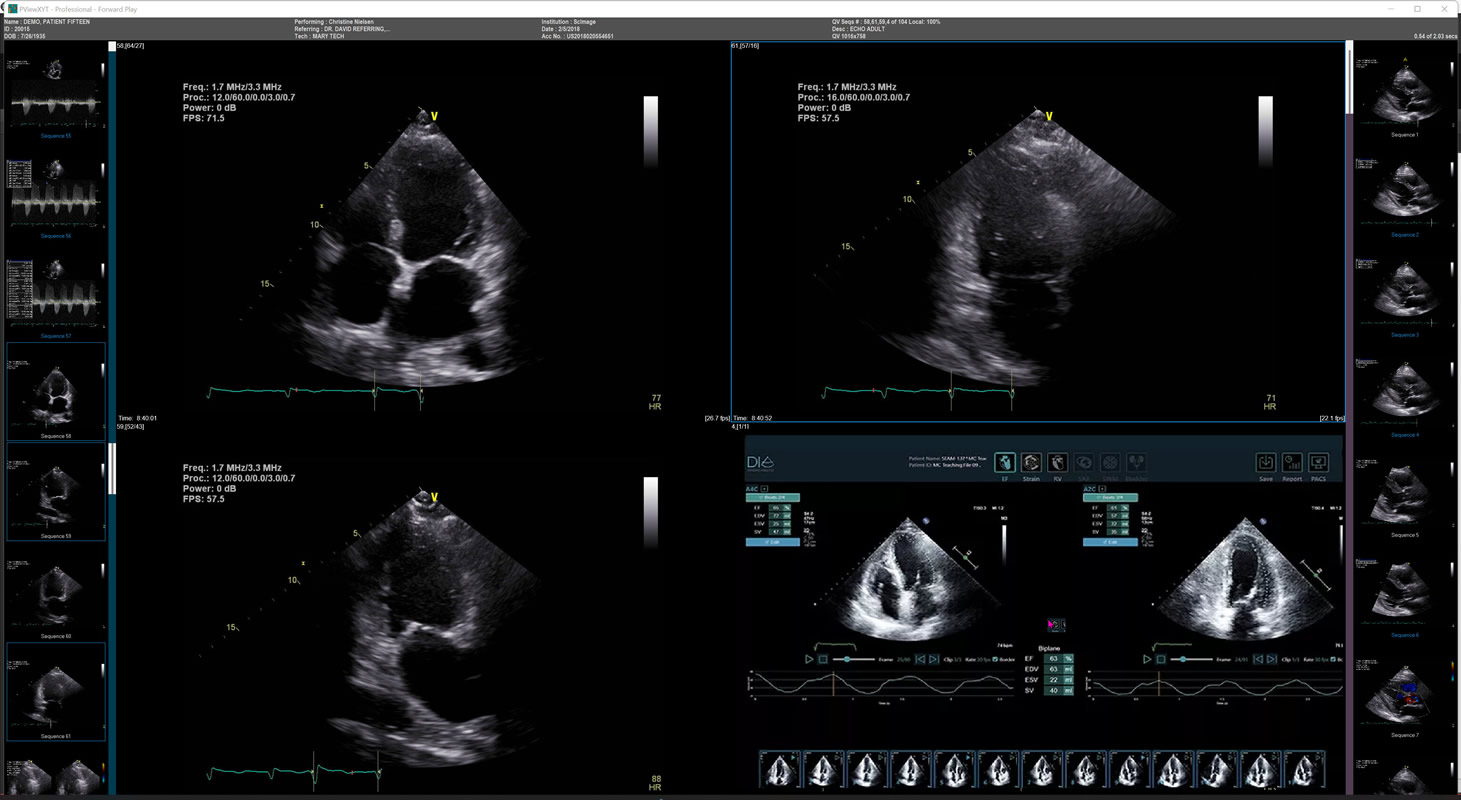Picture Archiving and Communication Systems (PACS) have revolutionized the way cardiologists and other medical professionals view and share medical images. PACS technology allows for the storage, retrieval, and distribution of digital images, such as x-rays, MRIs, and CT scans, in a secure and efficient manner. This article will discuss the benefits of PACS in cardiology, how it works, and the future developments in this field.
The Benefits of PACS in Cardiology
PACS technology has greatly improved the speed and accuracy of diagnosis and treatment in cardiology. With PACS, cardiologists can view high-quality images of the heart and blood vessels in real-time, allowing for more accurate and timely diagnoses. This can lead to faster treatment and better outcomes for patients.
PACS also allows for easy sharing of images between healthcare providers. This improves communication and collaboration between doctors and specialists, leading to better coordination of care for patients. In addition, PACS technology allows for remote viewing of images, enabling doctors to consult with colleagues and specialists even when they are not in the same location.
How PACS Works in Cardiology
PACS systems in cardiology typically consist of a server, workstations, and a network infrastructure. The server stores the digital images, and the workstations are used by doctors and other medical professionals to view and analyze the images.
The process begins with the acquisition of the images, which are typically obtained through imaging modalities such as x-ray, MRI, or CT. The images are then transferred to the PACS server and are stored in a DICOM (Digital Imaging and Communications in Medicine) format, which is the standard format for medical images.
Once the images are stored in the PACS system, they can be easily viewed and analyzed by doctors and other medical professionals using specialized software. The software allows for the manipulation of images, such as zooming, panning, and measuring.
Future Developments in PACS in Cardiology
PACS technology is constantly evolving, and new developments are being made to improve its capabilities. One of the most exciting developments is the integration of artificial intelligence (AI) into PACS systems. AI algorithms can analyze images and provide doctors with insights and suggestions for diagnosis and treatment. This can lead to even faster and more accurate diagnoses.
Another area of focus is the development of cloud-based PACS systems. This would enable doctors and other medical professionals to access images from anywhere with an internet connection, further improving the speed and efficiency of diagnoses and treatment.
Conclusion
PACS technology has greatly improved the speed and accuracy of diagnosis and treatment in cardiology. Its ability to store, retrieve, and distribute digital images in a secure and efficient manner, as well as its capacity to easily share images between healthcare providers, has led to better coordination of care for patients. With the integration of AI and the development of cloud-based systems, PACS technology is set to continue to revolutionize the field of cardiology.

